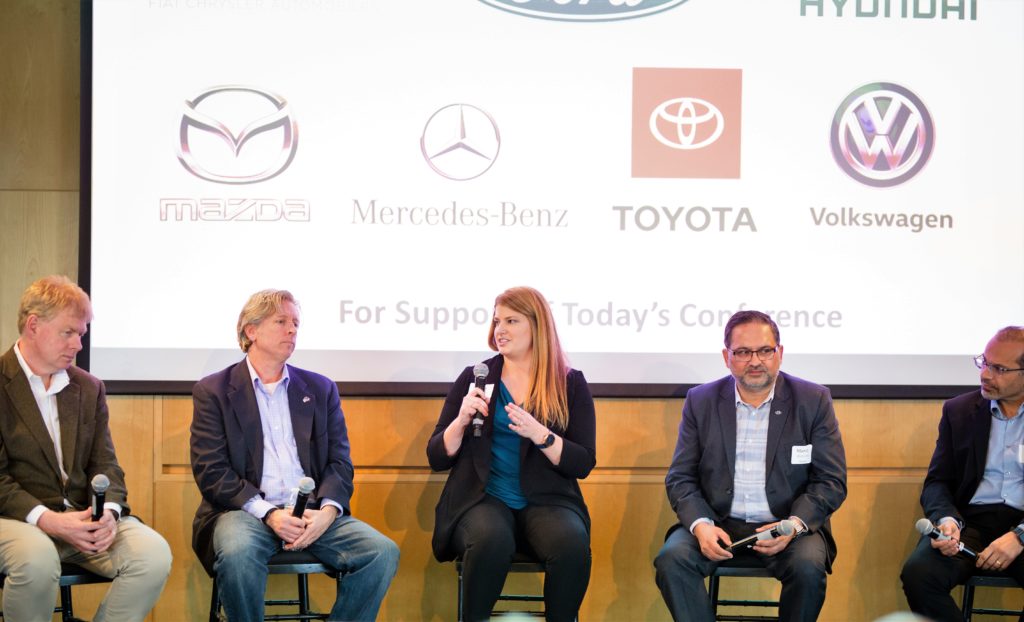
When cruise control was all the automation we ever had, there was never a doubt that the driver was always doing the driving. Now, with automakers selling cars that throttle, brake, steer, and change lanes by themselves, it’s no longer obvious.
In just eight years since the New England Motor Press Association launched its first tech conference with the Massachusetts Institute of Technology, an industry experimenting with smartphone apps and emergency braking has plunged headfirst into autonomy. That every car will be connected to each other, prevent accidents, and broadcast troves of our personal data is now a core part of their business. For 2019, NEMPA once again invited a panel of leading experts to the MIT Media Lab, one of the nation’s preeminent research centers for software and technology, to discuss the social, ethical, and technical challenges in bringing self-driving, self-aware cars to reality.
In attendance were Jon Coleman, director of city solutions for Ford; Kelly Funkhouser, vehicle automation program manager at Consumer Reports; John Leonard, MIT professor and vice president at the Toyota Research Institute; Manish Mehotra, director of digital business planning at Hyundai; Tim Weinsenberger, project manager at SAE International; and Maged Zaki, director of technical marketing at Qualcomm.
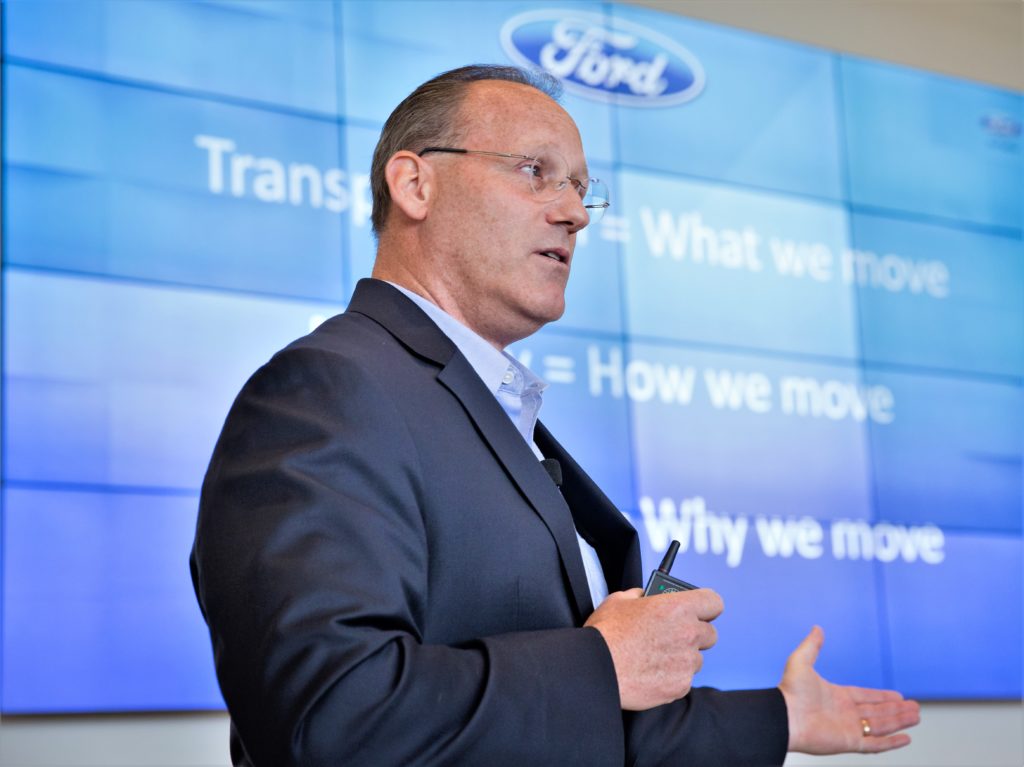
Coleman, in his keynote presentation, outlined the clearest business case yet for Ford as it invests billions of dollars into projects have nothing to do with building cars. Transportation is only one part of our lives, he said. Ford wants to profit off services, research, and software that will change how and why we use transportation. Making a city run smoother, more efficiently, and improving the quality of life for its residents—what Coleman says will “bring humanity to mobility”—is something everyone can back. It’s not a totally new direction for Ford, either. In 1928, Ford published an advertisement equating the affordable car to the “service of mankind.” Ford’s new investments won’t replace its car manufacturing, he said, and they’re not a charity. But Coleman said he’s excited to test ideas, such as Ford’s fleet of medical transport vans that bring seniors to doctor appointments, in the real world. He’s also a realist.
“If you have an autonomous connected vehicle and you’re stuck in traffic, you’re still stuck in traffic,” he said.
The SAE, the most influential organization of automotive engineers, is now shaping the entire conversation around autonomy. The group coined the level system of grading self-driving cars, from 0 to 5, and is now attracting automakers to co-develop the first industry protocols for how these systems, such as lane-centering, should work on every car.
Technology is supposed to make driving easier, but if you put the burden back on the driver, that’s not good.
Manish Mehotra, Hyundai
“What we want to do is pre-competitive research,” Weinsenberger said. “You can’t really standardize disruptive technology.”
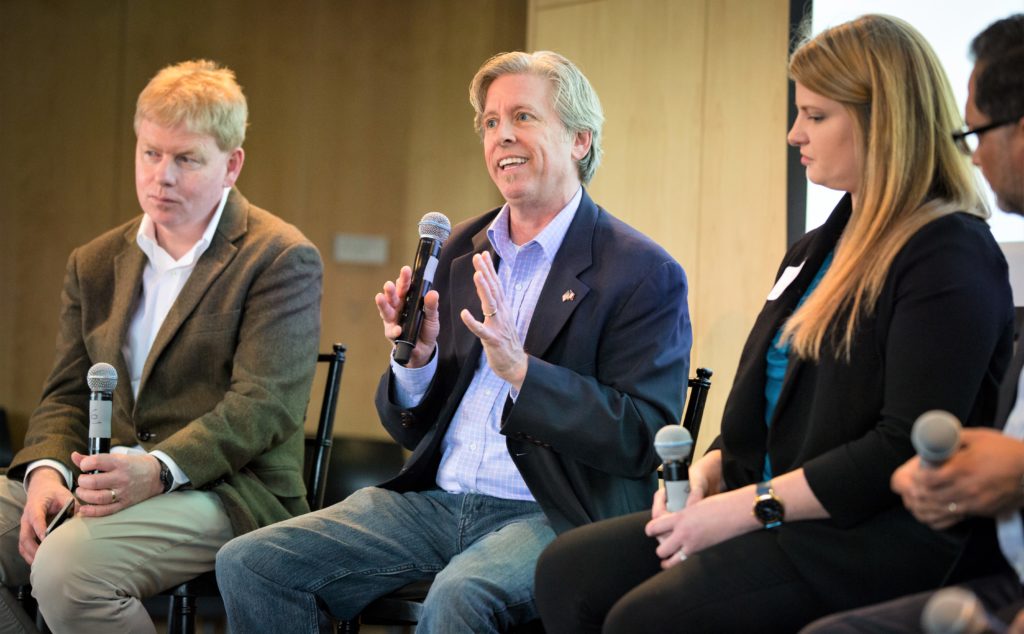
The SAE is working with the National Highway Traffic Safety Administration to establish tests to evaluate advanced driver systems. The problem, however, is getting automakers to agree to develop and market these features in a uniform, familiar way—just as how anti-lock brakes and airbags work today—no matter what car a person buys. When that happens, Weinsenberger likens the amount of lives that could be saved as “preventing World War I.”
Sometimes, you feel like a FedEx package in the back. How do you make driving safer and more enjoyable?
John Leonard, Toyota Research Institute
Hyundai wants to use artificial intelligence to simplify ordinary tasks, such as coordinating schedules for kids, with an upgraded infotainment system that’s synced to every family member’s phone and car. The idea of merging internet-connected cars with smart homes and other devices is an emerging trend that Hyundai wants to make faster and more intuitive.
“Your in-car life needs to be a part of your entire life,” said Mehotra.
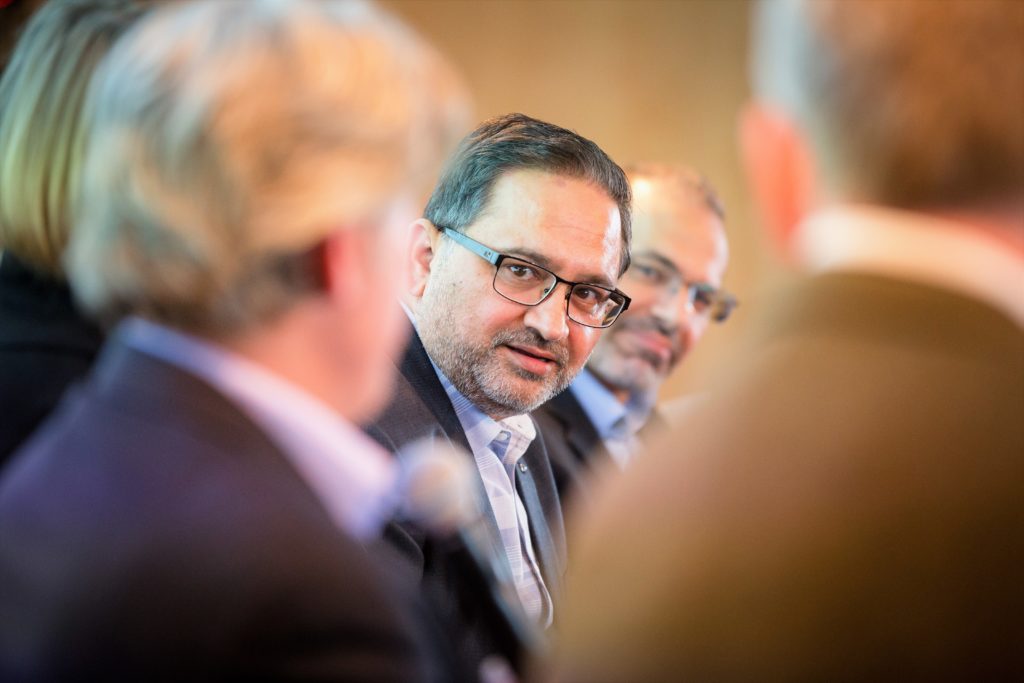
But Mehotra acknowledged that automakers need to convince people that this technology is worth using. In many cases, such as with Hyundai’s BlueLink app, a small portion of owners actually download and run the app’s many connected features, such as remote start. There’s little point in developing expensive tech if customers don’t see the value.
“I don’t think we’re doing enough to educate consumers on advanced driving systems,” he said. “Technology is supposed to make driving easier, but if you put the burden back on the driver, that’s not good.”
Consequently, Toyota feels the same way. The automaker doesn’t want to replace humans in every driving scenario or introduce dangerous, half-baked automation that requires a driver, at any time, to take control. As opposed to selling systems like Tesla Autopilot, Toyota engineers aren’t assuming that AI knows all.
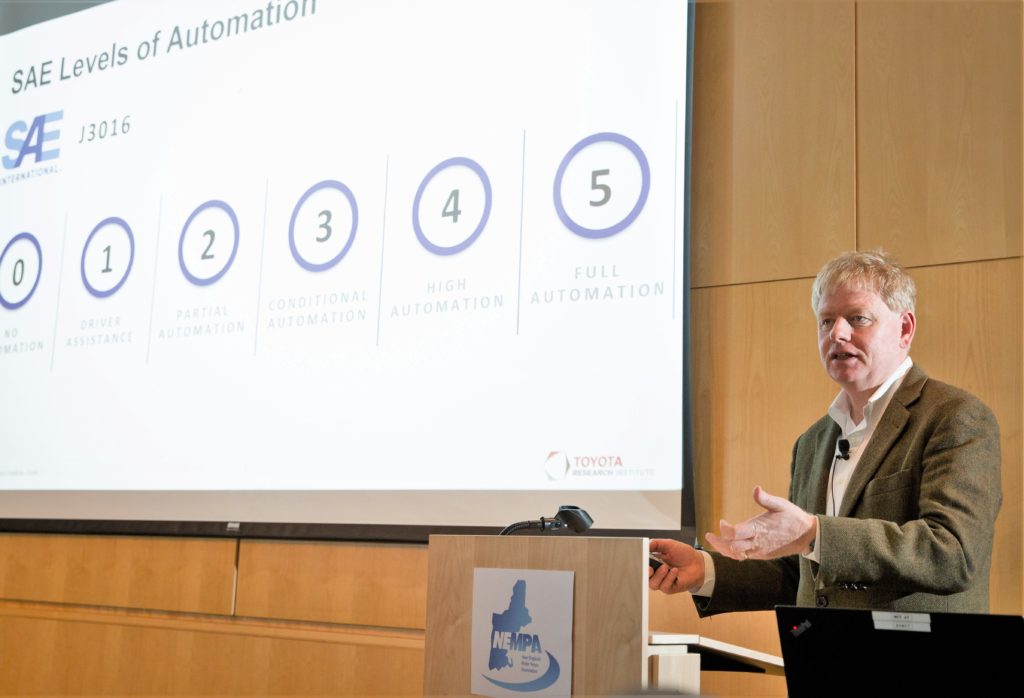
Instead, said Leonard, it is the “human guarding the AI.” Toyota’s upcoming Guardian system will step in only when needed, such as if the car detects the driver falling asleep, or to help the driver steer around obstacles.
“Sometimes, you feel like a FedEx package in the back,” Leonard said about self-driving cars. “How do you make driving safer and more enjoyable?”
Qualcomm has an answer in the form of high-performance processors that will integrate safety and infotainment. Drawing on its vast experience in cellular chipsets, Qualcomm is expanding its automotive division to develop C-V2X, a long-range vehicle-to-vehicle network that can work alongside next-generation 5G cellular networks. While the “C” in C-V2X is for cellular, the technology won’t require a traditional cell network to work, said Zaki. Instead, since the technology is modular, automakers and city planners will prefer one solution to connect cars, infrastructure, and wireless devices rather than several.
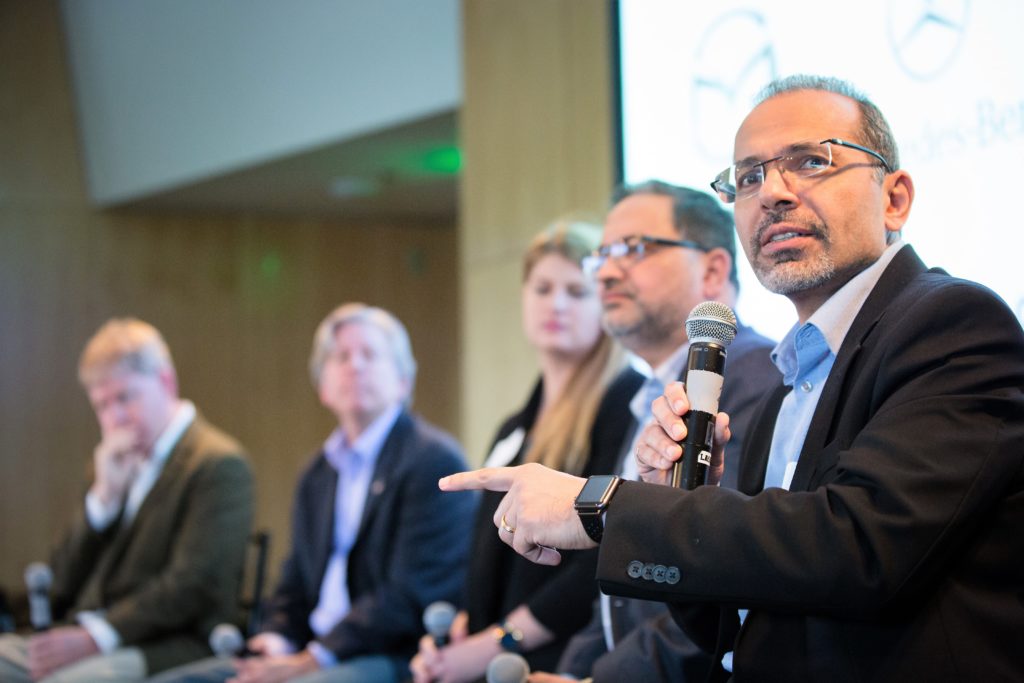
“We are asking every car manufacturer to add a 4G modem, a 5G modem, and a DSRC (Dynamic Short Range Communication) modem. That’s a burden,” he said.
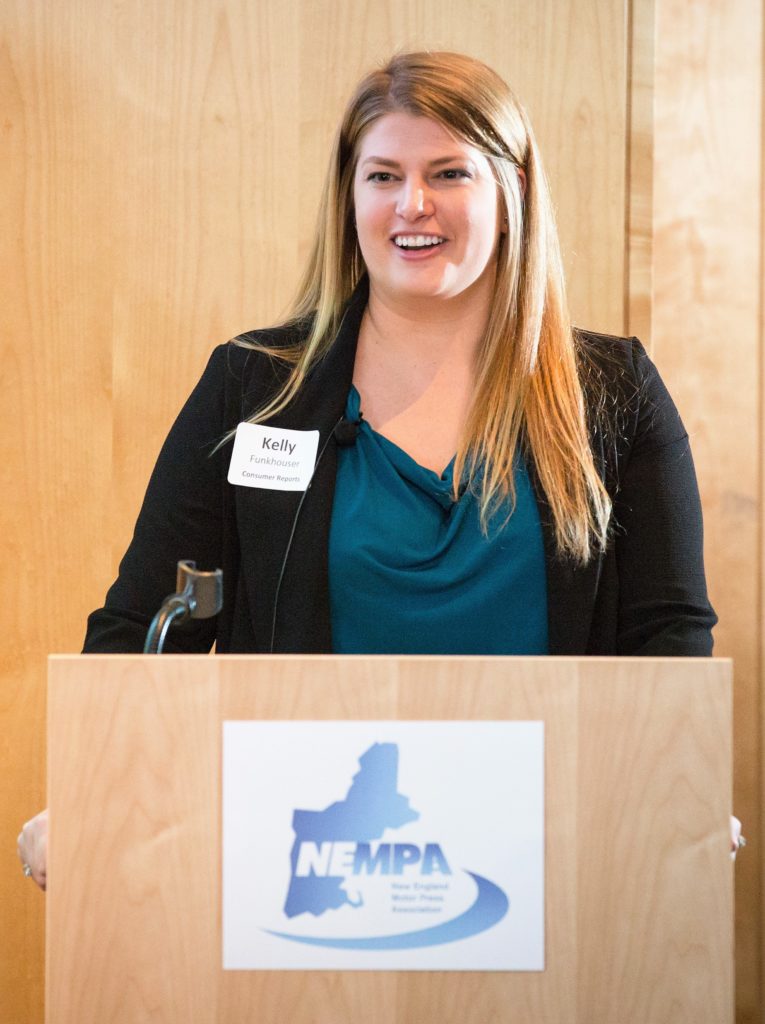
However, Consumer Reports said it was wary of the technology’s promises—and that it might force consumers to pay even more.
“Other technologies than DSRC have potential to require a subscription or some sort of paid package to access critical safety information,” said Funkhouser. As the lead evaluator for advanced tech features, Funkhouser said that most vehicle networks, including those under beta testing by municipalities, were “not quite ready for primetime.”
When these next-gen safety and self-driving features arrive, NEMPA and MIT will be there to evaluate them in New England. And if they can function here, in our weather and on our crazy roads, they’ll probably work anywhere.

No comments yet.